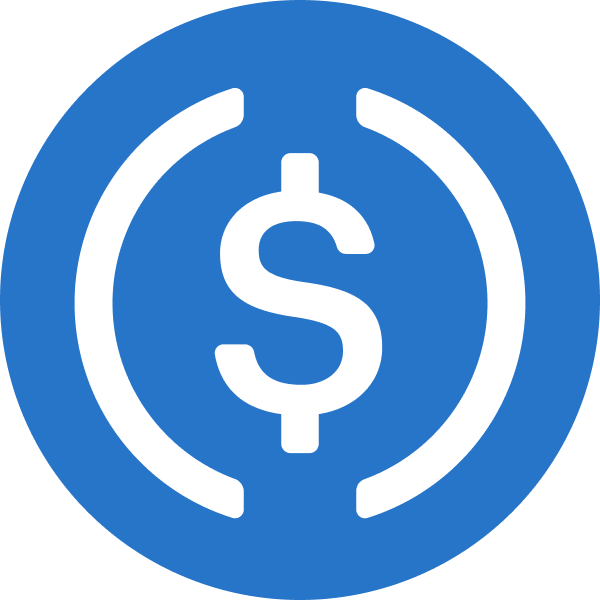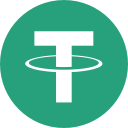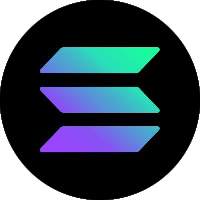Was ist der aktuelle Preis von Cartesi?
Wir aktualisieren unsere Cartesi in der Währung EUR in Echtzeit. Sehen Sie sich den Live-Kurs von Cartesi auf Coinbase an.
Wie hoch ist die Marktkapitalisierung von Cartesi?
Die aktuelle Marktkapitalisierung von Cartesi beträgt 144,31 Mio. €. Eine hohe Marktkapitalisierung bedeutet, dass der Markt ein Asset hoch bewertet.
Was ist das Cartesi-Allzeithoch?
Das Cartesi-Allzeithoch beträgt 1,68 €. Dieses Allzeithoch stellt den höchsten Preis dar, der seit dem Lauch von Cartesi jemals gezahlt wurde.
Wie hoch ist das 24-h-Handelsvolumen von Cartesi?
In den letzten 24 Stunden betrug das Handelsvolumen von Cartesi 7,04 Mio. €.
Welche anderen Assets sind mit Cartesi vergleichbar?
Wie viele Cartesi gibt es?
Das derzeit zirkulierende Angebot an Cartesi beträgt 783 Millionen.
Wie lange ist die typische Haltedauer von Cartesi?
Der Mittelwert der Dauer, die Coinbase-Kunden Cartesi halten, bevor sie diese verkaufen oder an ein anderes Konto oder eine andere Adresse senden, beträgt 15 Tage.
Wie ist die relative Popularität von Cartesi?
Cartesi ist bei den handelbaren Assets auf Coinbase 82. Die Popularität basiert derzeit auf der relativen Marktkapitalisierung.
Wie ist die aktuelle Handelsaktivität von Cartesi?
Derzeit kaufen 90 % der Coinbase-Nutzer Cartesi. Mit anderen Worten: 90 % der Coinbase-Kunden haben ihren Cartesi-Nettobesitz in den letzten 24 Stunden durch Handel erhöht.
Kann ich Cartesi auf Coinbase kaufen?
Ja, Cartesi ist derzeit auf der zentralisierten Handelsplattform von Coinbase verfügbar. Ausführlichere Anweisungen finden Sie in unserem Leitfaden zum Kauf von Cartesi.

























































